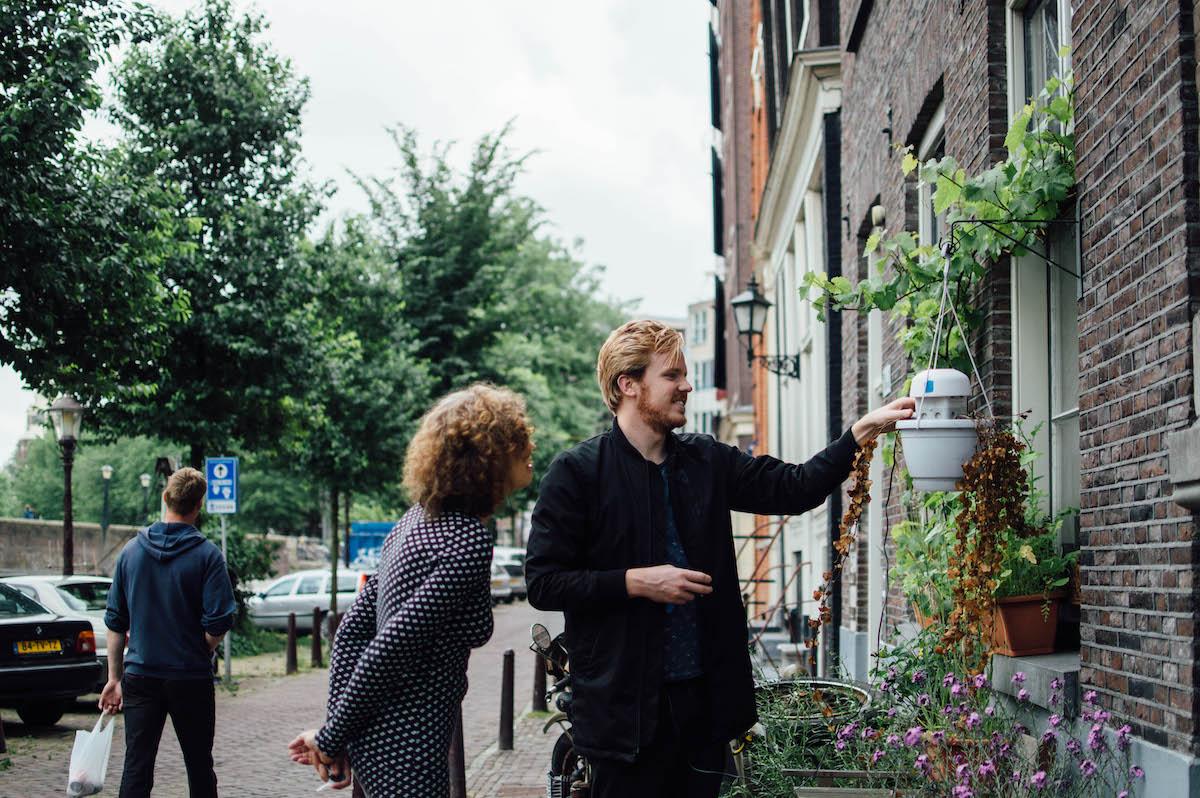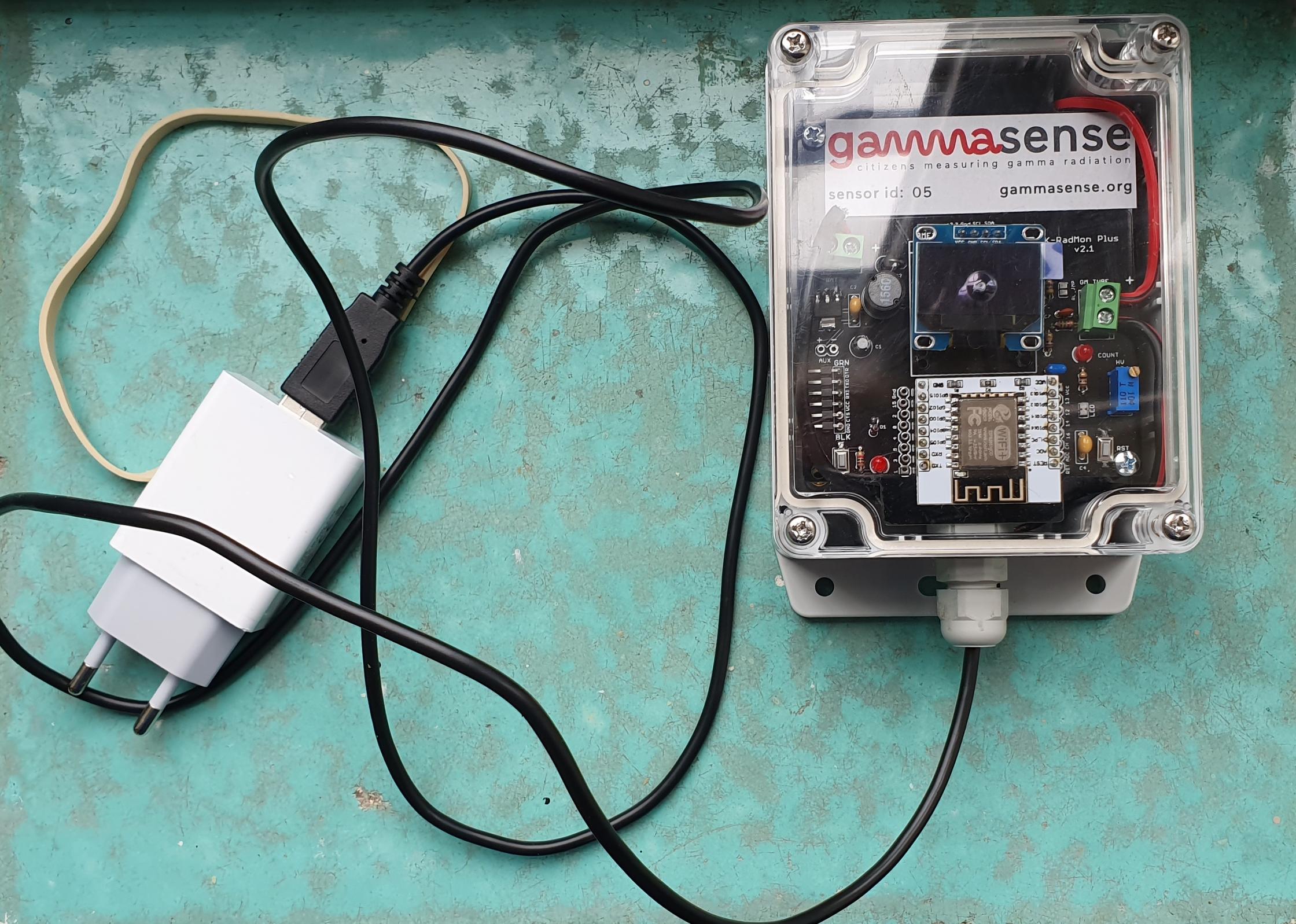Air quality, noise pollution, water quality, radiation, and more: in recent years, Waag’s Smart Citizen Lab has worked on a range of projects that make it possible for citizens to measure their surroundings and gather data. The method, called citizen sensing, gives citizens a more informed position in discussions about the quality of their living environment.
Recently, the Lab has worked on Mobility Urban Values (MUV), a three-year long European project about engaging citizens with sustainable urban mobility choices in their neighbourhood.
Based on our experience with the Smart Citizens Lab, we created a 10-step process on how to develop a full-stack citizen sensing project.
1. Identify and prioritize issues
This process may start very open, but will ideally lead to tangible, measurable issues within the community. Examples may include issues with traffic, pollution, noise, or other environmental factors. Using voting or discussion methods can help in this process.
2. Identify what, where, and when you want to measure
Is it possible to measure the community’s prioritised issue? To formulate an answer to this question and design your strategy, co-creative methods help to make sure that this is a collaborative effort within the community. Inspiration can be found on the Co-creation navigator and methodologies on citizen sensing are shared in the Making Sense Toolkit.
3. Identify what you want to do with the data
Options for what to do with the data may be multiple and often involve goals like educating citizens, raising awareness, inciting a behavioral change, or influencing governmental policies and decision-making. Involve relevant stakeholders during this step - research centers, environmental organizations, data experts - to help identify the possibilities and limits of follow-up actions.
4. Set up your network
Now it is time to buy or assemble and hand out sensors. They can be handed out to individual people and together form a network of citizen sensors. Collected data can be stored in a common place, or visualized online. Setting up a citizen sensing network requires an architectural understanding of the connections between the hardware, software and network itself. This step will almost always require help from outside specialists.
5. Order parts
When multiple sensors are put together, it is important to have an overview of the needs and special considerations for each sensor. Some sensors may require calibration more often or for a longer period than other sensors. Certain sensors may also require deliberate positioning (for example, placing a microphone in a certain direction, or making sure a sensor receives proper airflow).

6. Build and calibrate
There are different levels of ‘building’ in citizen sensing projects. Some projects require designing and building sensors from scratch, while others only involve basic assemblage of existing parts. Because calibration requires some level of cooperation or coordination with an official measuring institute, this process can be an opportunity for community building and education.
7. Install and measure
Once calibrated, the sensors can be installed and you can start to measure! The amount of time you need for measuring depends on the phenomenon, and what types of insights the community aims to gather. With regard to air quality, a year is a good benchmark to get a general understanding of an area, covering all of the seasons and going through natural cycles of heat and humidity.
8. Understand the data
In order to understand the data, it is necessary to have a platform where the data can be checked and accessed. The platform also needs to provide context, so people can get an understanding of the meaning of the results. You can for example provide references for indications of which levels (PM, NO 2, noise, etc.) are normal and which are unsafe.
9. Share the data
It is important that the people involved are also able to share, explore, and define how the data affects and informs their livelihood. The collected data should therefore be open and shareable. In addition to sharing with the measuring community and stakeholders, you can also share the lessons with a wider public.
10. Taking action
In addition to sharing the data, it is also important to share the message behind it. Does the data clarify a problem or issue? Does it indicate that some sort of change is warranted? There are many ways in which action can take form in a citizen sensing project, from raising an informational campaign about behavioural change to protesting and lobbying officials to make a legislative change.
More information
A more detailed version of the process regarding the MUV project can be found here: https://www.muv2020.eu/resources/.
If you are curious about the technical details of assembling a sensor kit, you can check out the Github page of MUV.
For more information about citizen sensing, and about how to build a community around your project, download the citizen sensing toolkit.


